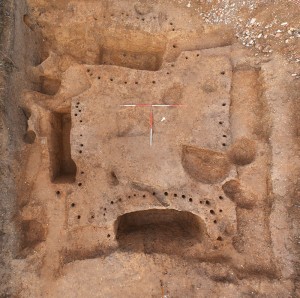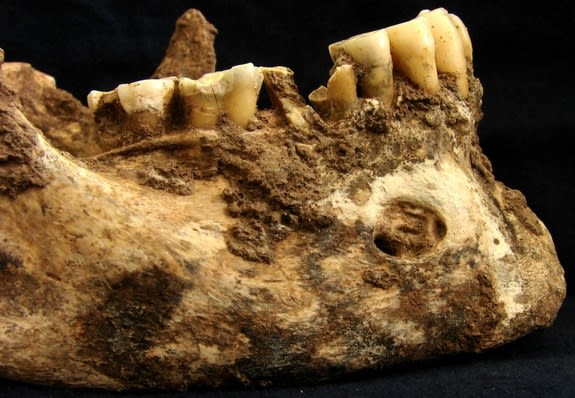Experts say the sculpture reveals more about the worship of local gods
A Roman sculpture of a Cotswold god has been found in a castle cupboard after being missing for over 100 years.
But when historians found records of the discovery in the 1960s, there was no trace of the sculpture.
The Roman altar God has now been found in a basement cupboard during a clear out at the Gloucestershire castle.
The engraved figure, found earlier this month, wears a conical cap, tunic and cloak and holds a bow and arrow.
It has been identified by historians as Cotswold deity Apollo the Hound Prince or Apollo Cunomaglos.
Experts believe there are only seven other known depictions, four from the Cotswolds and three from London, and say the discovery is a significant find.
Read the rest of this article...








